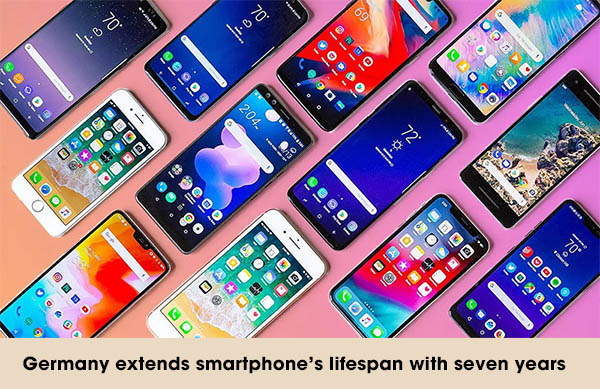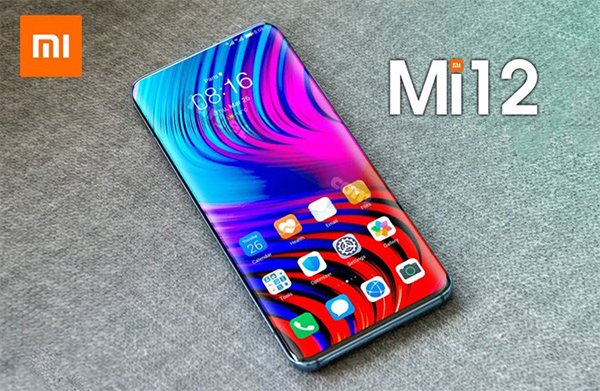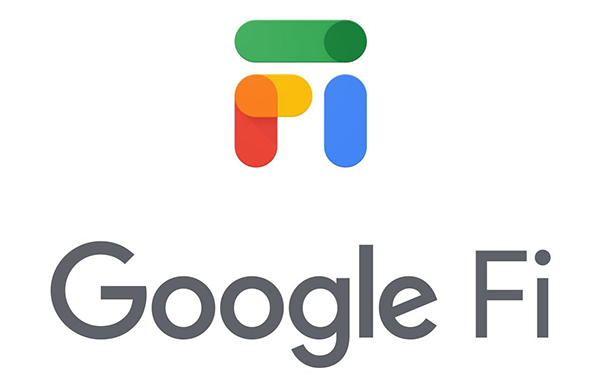To all smartphone users, we all wish updates arrived faster and for more extended periods of time. Sometime, we feel like upgrading to a new phone every two or three years is an unnecessary expense. And to environment, it is a concern; as many try to reduce waste created from constantly replacing gadgets. The German government has proposed a new policy to end that. The new policy would extend the smartphone’s lifespan — and repairability — of your device for years to come.

While the European Union is currently considering requiring five years of security updates for smartphones, Germany’s federal government recently submitted a request to create a seven-year mandatory period for patches (via Heise). While this wouldn’t include completely new OS versions — your Galaxy S21 wouldn’t receive Android 18 under these regulations — it would include provisions for affordable replacement parts, all in an effort to reduce digital waste.
Meanwhile, tech advocacy group DigitalEurope is requesting that the EU’s requirements be set at three years of security updates, effectively meeting the standard already set by Samsung, Google, Apple, and even OnePlus. Germany’s proposal is basically unheard of in mobile computing, though seven years of security updates are pretty standard for desktop OSes. For example, Windows 8 succeeded Windows 7 in 2012 but continued to receive patches until January 2020 — nearly eight years later.
We can expect of longer-lasting smartphones in the future. As one user on Reddit pointed out, it is in the midst of an election is ongoing in Germany, so this could just be a case of some old-fashioned political promises to turn out the vote. Even if Germany’s seven-year proposal doesn’t pan out, the European Union is set to possibly enact its five-year policy by 2023. So we can expect of the longer smartphone’s lifespan in least 2 year from now on.
RELATED:
How To Receive Free Prizes In Friendship To The Max Of Fortnite



